Are you looking to get stronger glutes or want to grow them and make them look more impressive? Given that my most popular newsletter to date was my explanation of the anatomy of the glutes, I think this is a fairly safe bet.
Here’s the kicker: Most of you waste your time doing pointless, inefficient glute workouts. If you want to know the best methods, read below, and if you’re feeling generous, subscribe and share too!
Housekeeping
Here are a few quick reminders before we begin:
You can access the entire Muscle Monday series for FREE here.
You can download my FREE guide, 20 Habits to Change Your Life, here.
You can get 10% off EVERY order, present and future, at Awesome Supplements by using the code ‘EZEP’ at checkout. Special shout out to the Hybrid Athlete bundle, now available.
Time to bust some myths
Before we get onto a gym workout that I would recommend as a glute-focused session, we need to correct some of the misinformation and common myths surrounding glute exercises and toning.
1 - Eating more will give you a better-looking backside
Well…I guess this is subjective…! However, in the same way that you cannot spot-reduce fat and choose to take it away from certain parts of the body, you also cannot (naturally) selectively add mass to certain parts of the body. If this is your tactic, be prepared to put on weight throughout your body, not just your glutes.
2 - Training my glutes more = better results
This is not strictly true. As with any muscle group, the real magic happens when the muscle is resting and recovering from on optimal training stimulus. If you blast your glutes every session, you’re leaving a lot on the table, and you’ll eventually be horrendously imbalanced.
3 - Squats are the best exercise for training my glutes
Perhaps surprisingly, this isn’t the case. I’ll expand more later on.
4 - Using a lighter weight for lots of reps will help to ‘tone’.
Oh boy, if I got a penny for every time I heard this! Again, read on if you want a detailed answer, but this simply isn’t true.
How to ‘tone’
I’m actually going to bring out an in-depth explanation on this very topic in a few weeks. Despite what people may otherwise think, ‘toning’ is a combination of two processes:
A decrease in fat mass
An increase in muscle mass
Both are equally important. If you’re reading this and thinking that you’d like to look more toned, you need a decent level of muscle tissue under the surface, but you also need to reduce the level of fat sitting on top of the muscle in order to make it more visible.
The main counter-argument that I hear to this is: ‘Oh, but I don’t want to look really muscular’. Don’t worry! If it was that simple to look like a professional athlete or bodybuilder, a heck of a lot more people would look that way! You won’t get into bodybuilder shape with your 2-3 gym sessions a week, but you’ll certainly look a lot better than if you didn’t go at all.
Decreasing fat
I’m not going to get caught up in the politics of ‘calories in vs calories out’ and that whole debate. However, all I will say is that for 99% of you, if you prioritise and genuinely do hit the following:
Optimal protein intake (>1.2g protein, per kg body mass, every day);
Correct calorie intake for YOU;
Daily movement (10000+ steps)
Optimal sleep (>6 hours per night)
2x week strengthening workouts per week, and 150 minutes per week of cardiorespiratory exercise
You’ll find that over time, your body composition improves.
Increase muscle mass
Otherwise known as hypertrophy training, and without underselling myself it genuinely doesn’t require too much brainpower. To induce muscle growth, you need to nail at least one of the following three factors:
Training volume (sets x reps x weight)
Training frequency
Training intensity
If you Google ‘training for hypertrophy’, you’ll probably be hit with the textbook ‘3-4 sets of 6-12 reps per exercise’ answer. This WILL work provided that for each of those sets, you are working close to if not all the way to, failure.
Whether you choose the textbook 4x12 or train in another way, the important thing is that each week, you hit each muscle group you want to train for a MINIMUM of 10 sets. Remember: The end of each of these sets should feel very close to failure. Ideally, this weekly set number per muscle group is likely closer to 15-20, but any more than this will potentially hurt recovery and make it harder to train frequently, optimally, consistently and with the correct intensity.
Exercises with the greatest glute activation and use
Ever wondered what the best exercise for targeting your glutes is? Luckily, a couple of systematic reviews answered this very question.12
If you did read my newsletter on the anatomy of the glutes, you’ll remember that the gluteus maximus is the largest muscle not only of the glutes, but in the entire body. Below, I’ve posted a table from the previously mentioned systematic review. This table ranks common gym exercises by degree of gluteus maximus activation. Amongst other things, you’ll notice that there are 23 (yes, 23) exercises with greater glute activation than a traditional back squat, which sits right at the bottom of the list.
If you did read my previous newsletter, you’ll also remember that another major component of the gluteals is the glute medius. I have included a table of exercises with the greatest glute med activation below.
Finally, let’s quickly look at exercises which effectively target both the glute max and glute med.
Essentially, if you’re doing squats to get stronger or more defined glutes, you’re probably wasting a fair bit of time. Your quads are probably looking good though!
A sample workout I would use for my glutes
So, if squats are no good, how would I go about training my glutes?
Take a look below for a bit of glute workout inspiration. Just as a quick reminder, if the GIFs aren’t playing, open this newsletter in the app.
Aim for 3-4 sets of a maximum of 12 reps (or 12 reps per leg for unilateral exercises such as split squats). With the planks, go until failure every time.
Where applicable, the final two reps should feel really quite difficult.
Unlike previous sample workouts, there is no need to superset or chain these exercises into a circuit. Perform 3-4 sets of one exercise, THEN move on to the next. I have split the exercises into three general categories, but this is just to give the newsletter a better flow.
Firstly, I would try the following two bilateral compound movements:
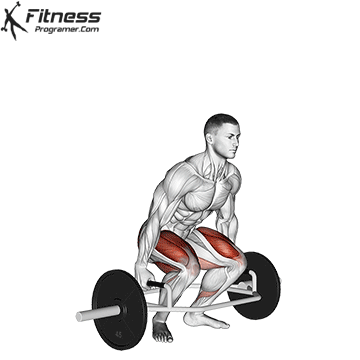

If a trap bar isn’t available, then a traditional straight bar is still beneficial. If the bar is too uncomfortable on the hip thrusts, you may be able to use sandbags or other free weights.
Then, I would move onto the following three unilateral movements:
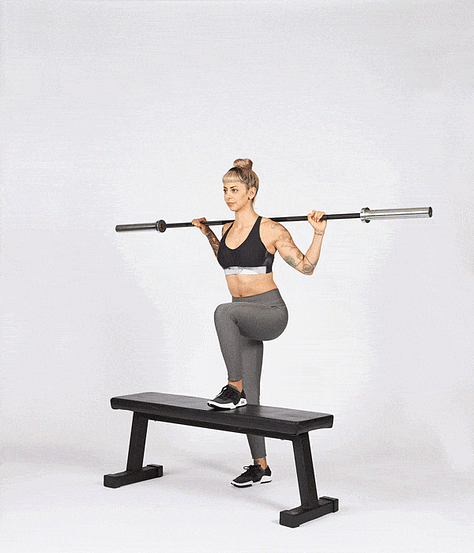
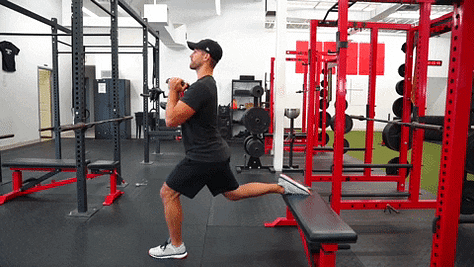
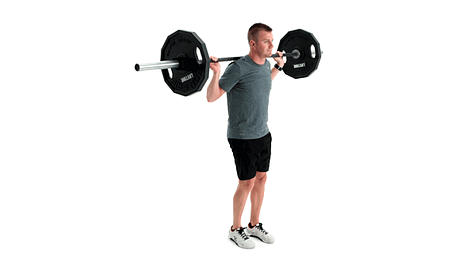
Again, remember that we aren’t supersetting or creating a circuit here. Aim for 3-4 sets of step-ups on each leg, THEN move on to the Bulgarians.
Finally, I would attempt a bit of a ‘finisher’ with the following:
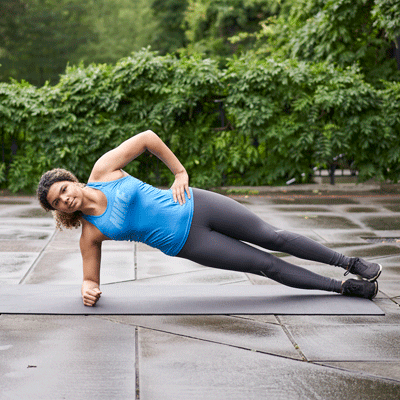

If you don’t have access to a TRX/suspension trainer, you can sit on to a box with one leg elevated instead.
Give it a go…
Obviously, I can’t go through the specific techniques for every exercise here. I need to keep some secrets! That being said, if you do have any questions, feedback, or recommendations for future newsletters, please do send me a message by hitting the button below. I’m more than happy to answer specific technique questions here too.
As always, thanks for reading! If you know anyone who may be interested in this newsletter, you can share it by using the button below. See you next time!

Neto, W. K., Soares, E. G., Vieira, T. L., Aguiar, R., Chola, T. A., Sampaio, V. L., & Gama, E. F. (2020). Gluteus Maximus Activation during Common Strength and Hypertrophy Exercises: A Systematic Review. Journal of sports science & medicine, 19(1), 195–203.
Boren, K., Conrey, C., Le Coguic, J., Paprocki, L., Voight, M., & Robinson, T. K. (2011). Electromyographic analysis of gluteus medius and gluteus maximus during rehabilitation exercises. International journal of sports physical therapy, 6(3), 206–223.








Walking lunge, Bulgarian split squats, step ups, and barbell Hip thrust have been my go to for training clients. The bigger the step (knee right above the ankle at the bottom portion of the lift) the more glute they feel. Barbell reverse lunge is a great idea!
But why isn’t back extensions anywhere on the list? As someone with an anterior pelvic tilt I find this the absolute best for isolating my glutes without my quads taking over.